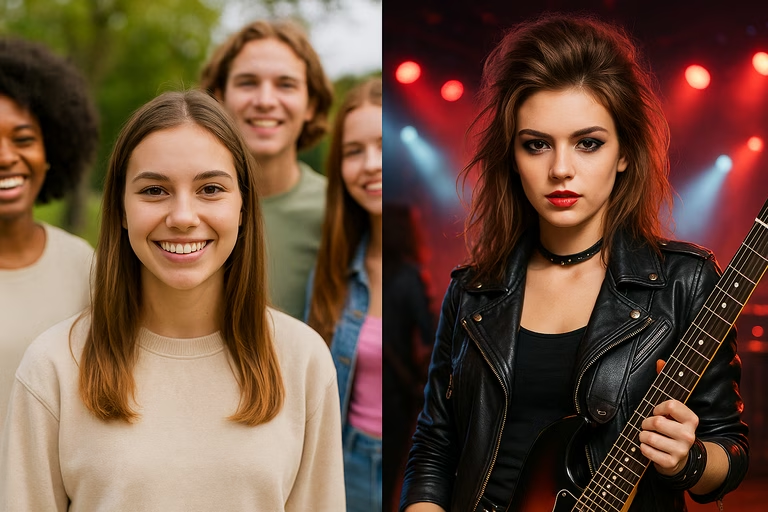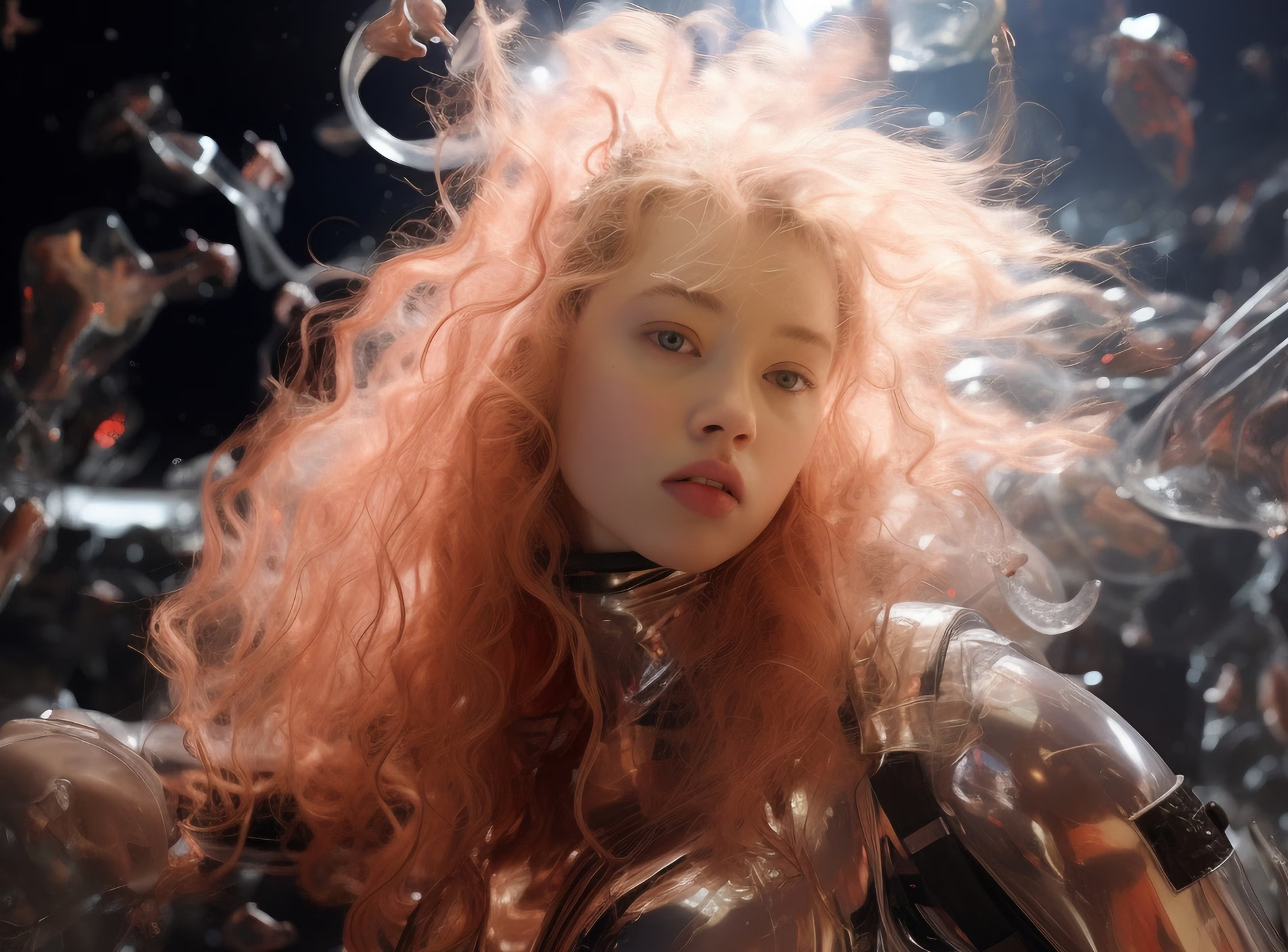
Artificial intelligence doesn't just write, but also "sees." AI image generation apps that transform text into photos are becoming increasingly popular. And at least at first glance – they look like real photographs. But do they really? We put it to the test.
Check out our comprehensive guide on creating AI photos: AI Photo Generator: How Artificial Intelligence Changes the Way We Create Photography?
How Does an AI Image Generator Work with Text? Enter a Prompt and See the Result
The whole magic starts with... words. Literally. You type into the generator something like: "man in rain on street, photographic style, soft light, realistic reflections"
and within seconds, you have an image that looks like a movie frame or a photo from an expensive camera. You don't need a model. You don't need a camera. You don't need rain.
You just need imagination and a few words that precisely describe what you want to see.
Such a description (called a prompt) is a new form of design – with words. The more detailed you describe the scene, atmosphere, style, and colors, the better AI understands what you're after. You can add specific photographic techniques ("bokeh", "depth of field"), painting styles ("in Van Gogh's style") or even... time of day. It's like taking a photo without a camera – just with AI's help.
Curious about how to write a good prompt? Check out our guide: How to Write Effective Prompts for AI Image Generators
The AI Image Generation Boom – Where Does This Popularity Come From?
Imagine you can create an ebook cover, concert poster, or Instagram post graphic in seconds – without Photoshop, without hiring a designer, without buying stock photos. Exactly. And this is where it gets interesting.
AI text-to-image is:
- a powerful tool for content creators: you can plan an entire advertising campaign based on "textual visions",
- a great assistant for designers and artists – it doesn't take away jobs, but provides inspiration,
- gold for marketing – instant visualizations, concept testing, creations "on demand",
- and of course – a field for abuse. Deepfake photos, fake personas, fakes that look like the real deal.
That's why AI in images isn't just a toy. It's the future that's changing how we communicate visually. And if something looks like a photo – is it really one?
AI Image Generator Test – Can It Create Photos Like a Camera?
We decided to test how well an AI image generator handles mimicking photography. Without complex analysis – just three specific scenes that could end up on Instagram, in ads, or even in magazines. The results? See for yourself!
1. Portrait of a Woman in Natural Light
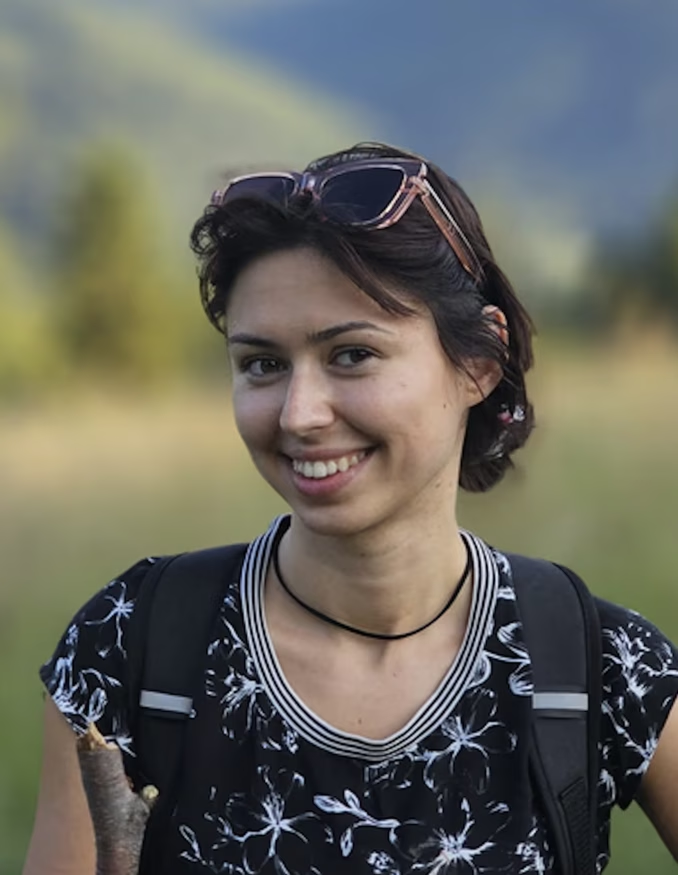
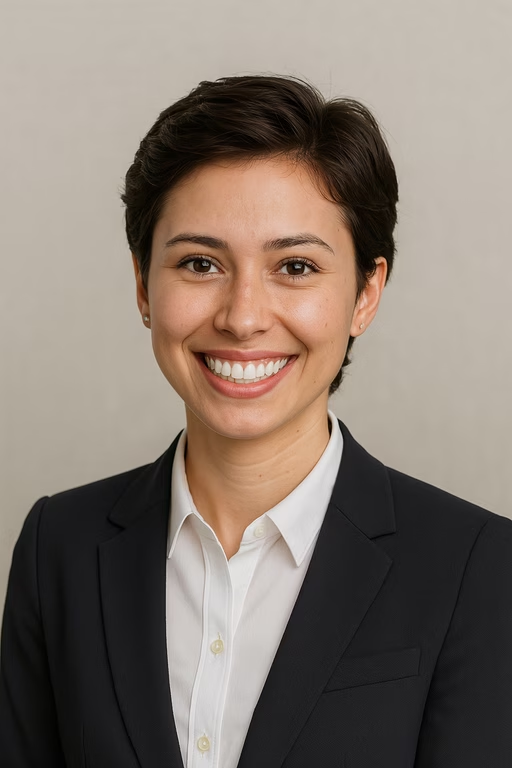
First up was an image generated using other photos. The AI-generated photo has these characteristics:
- skin has realistic texture,
- eyes look natural and bright,
- hair is well-arranged, without weird "clumps" or glitches.
The impression? As if the photo was taken by a window by a professional photographer. The downside? The teeth were too white – as if AI added a "Hollywood Smile 3000" filter. But how many people don't do that in real life?
2. Dog in an Autumn Forest
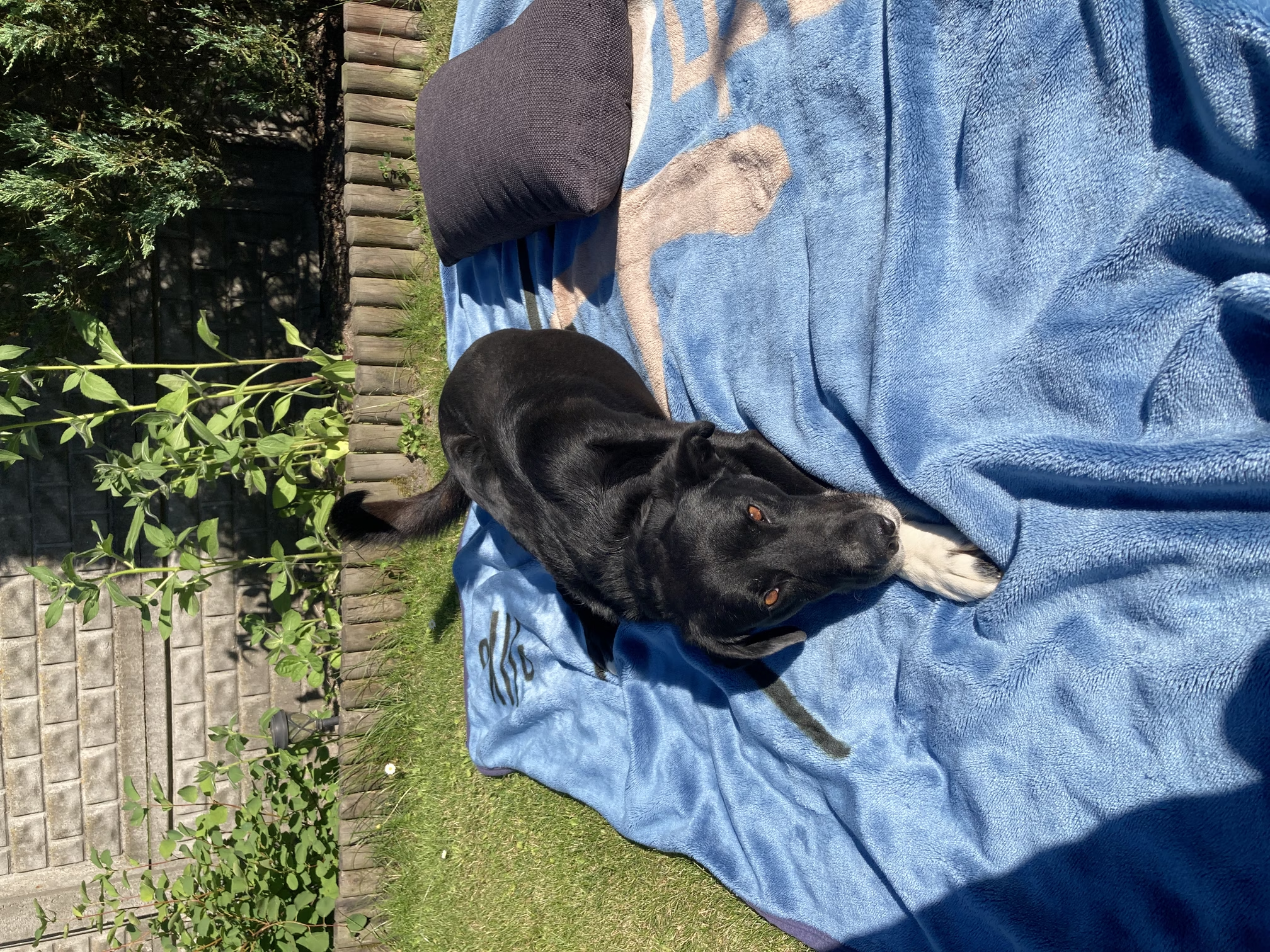
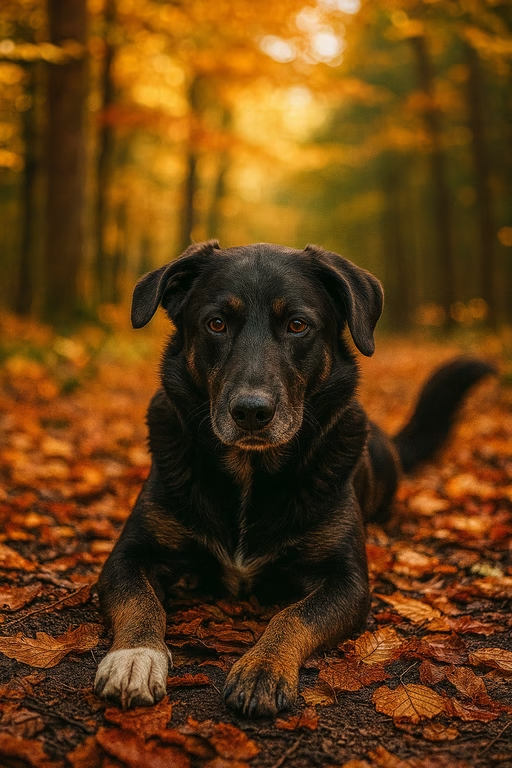
Here we wanted to test how AI handles fur texture, light between trees, and spatial atmosphere. And we have to admit – it did really well:
- the dog's fur had different shades and looked soft,
- leaves on the ground – sharp, clear, with depth of field like from a DSLR,
- background – subtly blurred, with gentle autumn sunlight.
This image was one of the most "photographic." You could easily use it as an illustration in an article or even as wallpaper.
3. Man in Rockstar Style
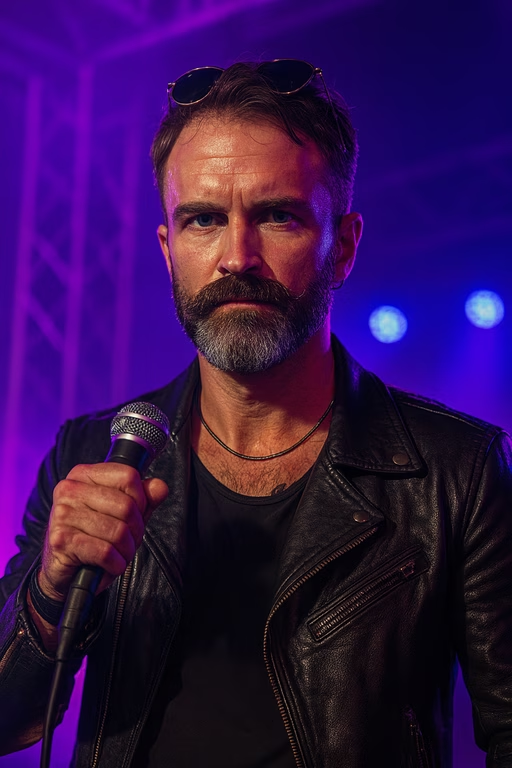
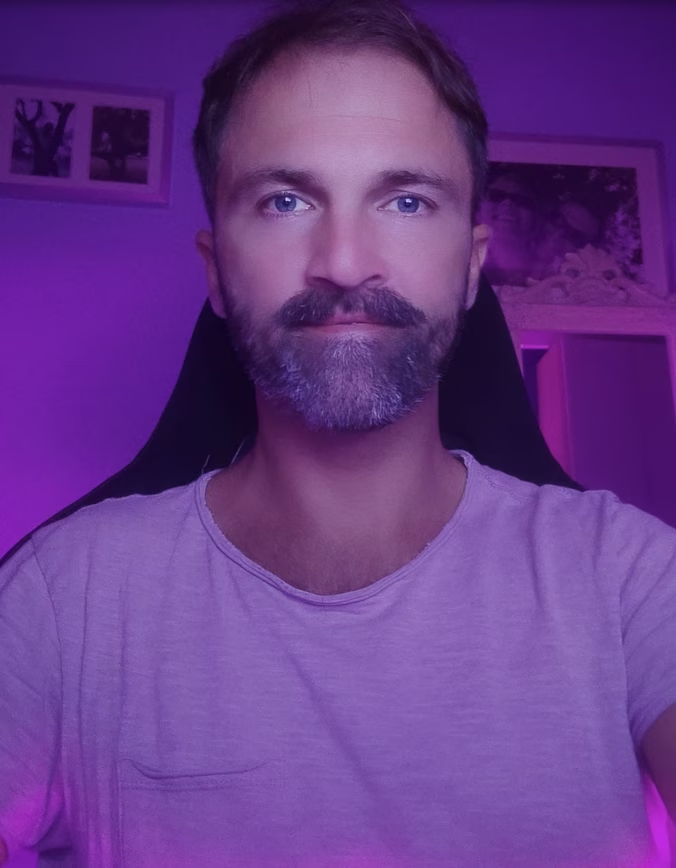
Here we wanted to see if AI can capture more than just physicality – whether it can convey style, atmosphere, energy. Enter text-to-image: "portrait of man in rock style, leather jacket, stage lights, tattoos, slight sweat, realistic photographic style"
What Effect Did We Get with Our AI Graphics Generator?
- The guy looked like he stepped out of a concert backstage – slightly tired, with a spark in his eye and character.
- Details – jacket zippers, metal studs, skin texture – everything sharp and well-reproduced.
- Side stage lighting added drama and depth.
Small minus? Sometimes hands looked too "smooth" or had weird finger arrangements – this is still one of those details that AI doesn't always nail 100%.
See Other Examples of AI-Generated Photos:
The Future: What's Next for AI Image Generation?
AI technology development accelerates every month. Already now, an AI image generator can create an image from text that strikingly resembles professional photography. But this is just the beginning. Generative artificial intelligence will be increasingly integrated with design tools, photo editing, and even users' daily online lives in the coming years.
What Will the Near Future Bring?
- Better detail quality – new AI models learn to analyze millions of images with even greater precision. Errors in hands, eyes, teeth – so characteristic of earlier versions – are gradually disappearing.
- Real-time editing – instead of generating an image and editing it manually, we'll be able to "talk" to the image. Example? "Change the jacket to red" or "add more light" – and done.
- 3D and interactivity – AI-generated images won't just be flat graphics anymore. Technology is moving toward 3D scenes created from text, with the ability to explore them (VR, AR).
- Real-time personalization – imagine an advertising campaign where each user sees a different, tailored image generated by AI based on their data or preferences.
AI in Different Artistic Styles – Not Just Photorealism
More and more free AI image generators allow creating images in comic style, classical painting, vectorized graphics, or digital illustration. This opens new possibilities for:
- content creators (e.g., blog and ebook illustrations),
- designers (e.g., quick mockups and inspiration),
- education (e.g., creating unique visual aids),
- e-commerce (e.g., product presentations in different styles).
What Does This Mean for Users?
Thanks to online AI image generators, users can now:
- create unique AI images using text -> text to image,
- transform written descriptions into ready graphic designs,
- build a graphics library for social media,
- test marketing concepts without costs.
In the future, with AI tools' help, everyone will be able to create one-of-a-kind images – without technical knowledge, without a camera, without a designer.
Images generated by artificial intelligence will be increasingly present in daily life. AI image generators with text → image functionality are becoming more than gadgets – they're real, accessible tools of the future. And everything indicates that soon we'll create fully interactive AI images from text, tailored not only to our words, but also emotions and context.
![AI Photos – Can You Still Distinguish Fiction from Reality? [Test/Analysis]](/images/pages/blog/7/cover.avif)












